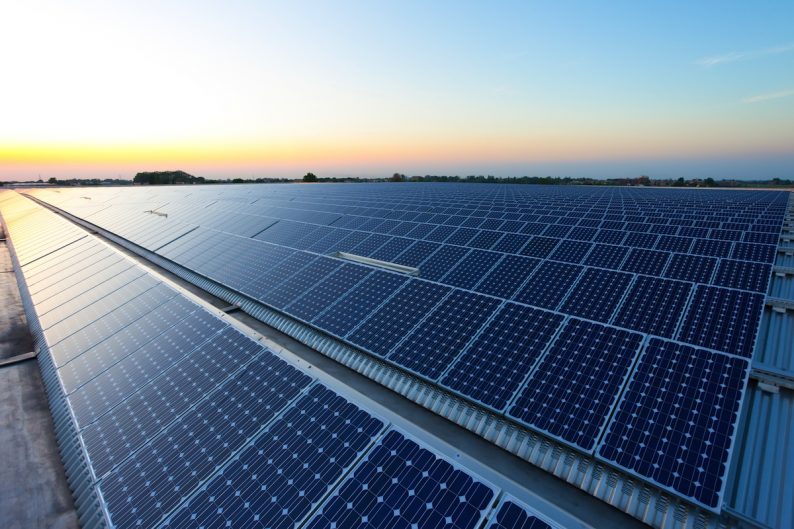My wife and I made it out of Fort Lauderdale on one of the last flights before Irma hit South Florida. We will be flying back this weekend to assess the damage.
Our sincere condolences to anyone else who was affected.
Initially, our plan was to drive up to our place outside Pittsburgh. But after seeing the initial parking lot forming on I-95 moving north and the lack of gasoline, we hastily reconsidered.
It also brought to mind how essential energy is to modern life.
Some of the unimaginable pain, grief, and loss from natural disasters like Irma – still unfolding as a tropical storm in the Southeast U.S. as I write this – or the tragedy of Harvey in Texas, comes from the damage to infrastructure.
Our deepest sympathies go out to all those affected by these catastrophes.
With power lines down, transformers and generating stations busted, refineries damaged, and transport systems closed, not much else can happen – whether in terms of recovery or reconstruction.
This means, in the longer term, the issue of better integration and redundancy in our power technologies is crucial.
And that’s why one particular technology being shown in Las Vegas today drew my attention.
It deals with a vexing problem that has taken up much of my time over the past decade.
It’s a true game-changer…

The Energy Balance is Crucial to Recovery
The loss of power across Texas, Florida, and elsewhere once again that has me rethinking one of the main focuses of my thinking over the past several years – the energy balance.
The concern, as always, is how to better use the power sources we have, and make the broader system more integrated.
Obviously, the increasing reliance on renewables like solar and wind are of no help during a hurricane.
After all, the sun tends not to shine during a storm, and while the wind doesblow, the velocities are so high turbines must be switched off to avoid damage.














Leave A Comment